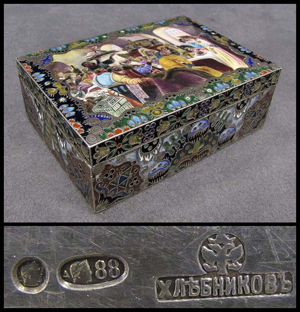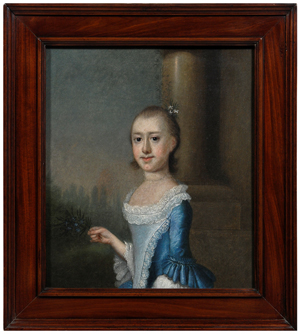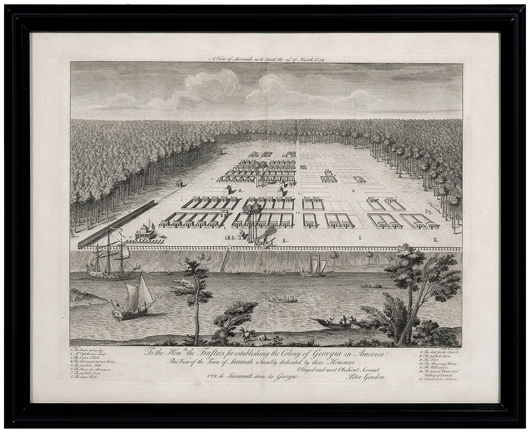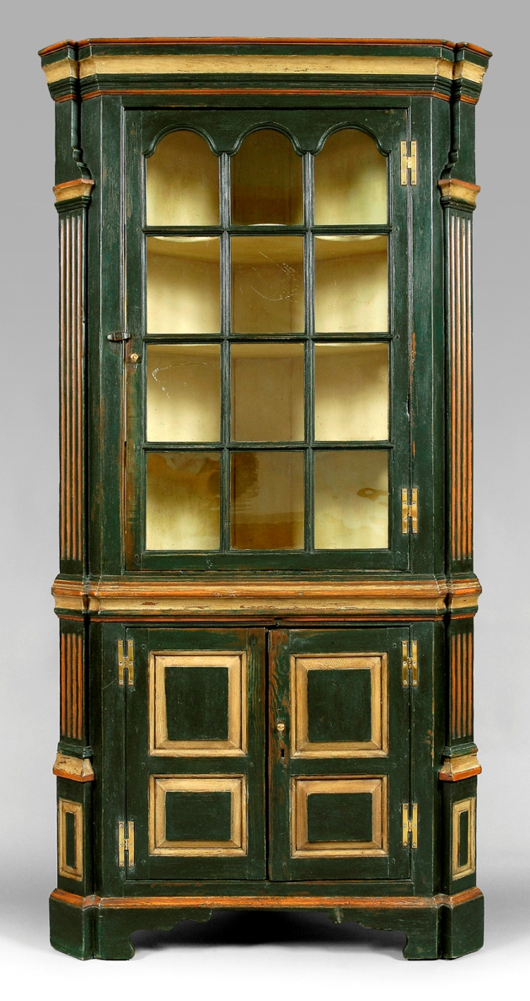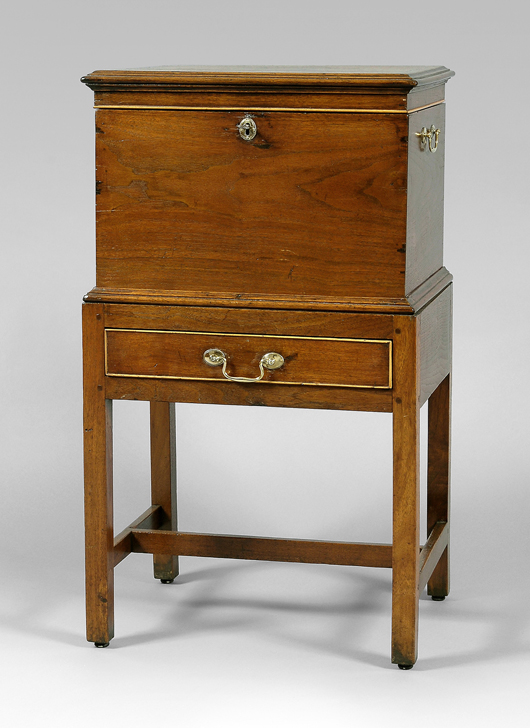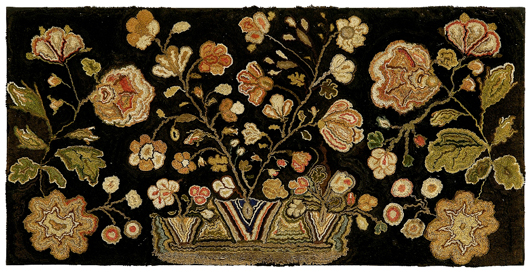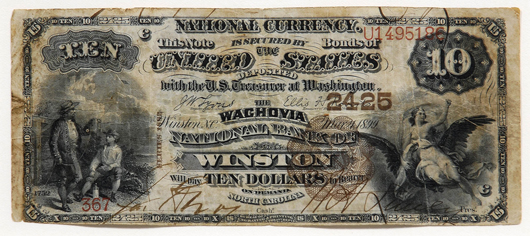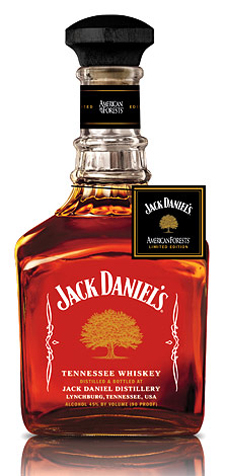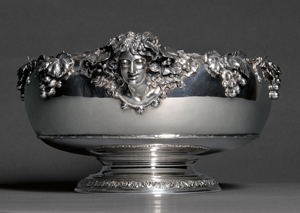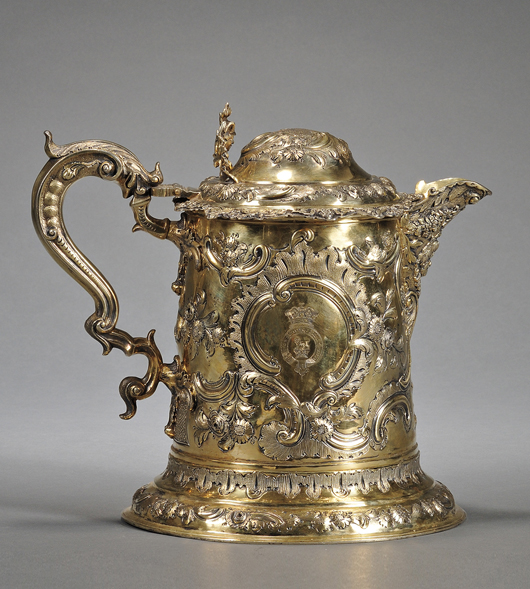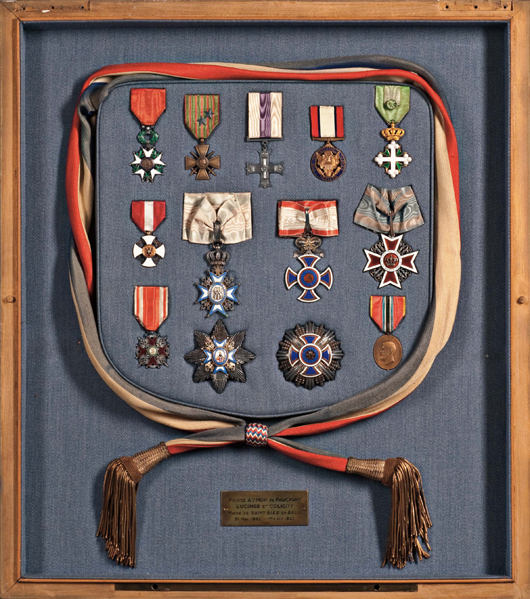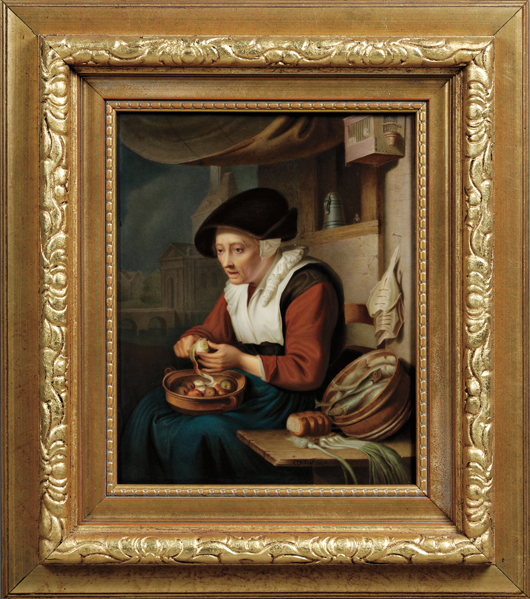PHOENIX (AP) – The best-kept decorating secret in town is tucked behind barbed wire at the state prison in Florence, Ariz.
For hire: inmates who can reupholster and refinish your furniture – welting, tufting, pleating, skirting and all.
They do recliners, loveseats, ottomans. They speak Queen Anne and Architectural Digest fluently.
Their work is cheap. They never take shortcuts, because they’ve got oodles of time. And – the men say – they upholster with love.
Here’s how it all goes down: Make an appointment to bring your furniture to the Arizona Correctional Industries office in a west Phoenix business park. Note: not a prison, but the receptionist wears an orange jumpsuit with her smile. Also, appointments are necessary.
Next, a customer-service agent – not wearing orange – will whisk you to her cubicle to discuss the project at hand: Pillow-back or camelback? Walnut stain or pine?
Fabric is sold on-site (lots of Southwestern prints), but the ACI folks will tell you it’s cheaper to bring your own, and even where to get it.
The sofa goes to prison, you go home, and you’ll get a phone call with a quote: say $200 for a wingback armchair, plus $29 to refinish the legs. A sofa is between $400 and $700.
If you agree, the inmates get to work. They are paid between 45 and 80 cents per hour. You are charged for labor and materials, plus a markup that covers overhead, transportation costs and the salaries of the ACI staff. If the price is too high (and it rarely is), they’ll send the piece back and you can come pick it up.
Lastly, all the convicts in the upholstery class and work program are sex offenders.
Their workroom is behind a long string of gates in the prison’s South Unit. Inside, orange-clad men huddle around sewing machines, loveseats and practice quilts. They’re here for 7 1/2 hours each day, talking about what’s for lunch and what’s on the radio and whether they like the fabric their customer picked. (Usually: no.)
Sometimes, “we keep track of guys (upholstering) on the outside,” said professor and instructor Dave Lucas, 60, of Tucson. “A couple have been making a go of it, taking it to heart.
“Maybe,” he said, “they won’t come back.”
The upholstery program starts as a class, and then becomes a job. It’s a reward for good behavior and requires an interview to get in. The prison staff looks for men with patience and a “good eye,” said Lucas, who has worked at the prison for 13 years.
Lucas doesn’t know the particulars of the men’s criminal escapades, and “I don’t want to,” he said.
“They’re really talented. I treat them as artists and tradesmen. Everybody’s due at least one mistake, I think,” Lucas said.
In his shop, they do custom work for housewives and professionals. They build children’s chairs to donate to Pinal County libraries. They just refinished all the desks for the Arizona Cardinals’ training camp in Flagstaff. Also, all the padding for the outfield fence at the new Minnesota Twins stadium is the creation of the inmates at the Florence prison.
The prisoners can do anything you ask: repair the caning on chairs, rescue 100-year-old dining tables and tackle worn-out recliners. They can carve a missing chair leg from scratch, even attach a bear-shaped piece of fur to the back of a leather armchair, just like a customer saw at Yellowstone. Bring them a picture from the Pottery Barn catalog, and they can bring it to life.
They measure twice and cut once. If they get something wrong, they pull it apart and do it again. It helps teach them patience, the inmates say, and helps them learn to work with others.
“If you’ve got a little bit of perfectionist in you,” Lucas said, “it makes the work even better.”
In six months, Lucas can have an inmate good at the basics: the right side of a couch will look like the left.
Give him longer, and said inmate can hand-tie springs, diamond-tuft, even pick out the mistakes in furniture in magazines: crooked stripes and lumpy cushions or patterns going the wrong way.
“You can pick anything apart,” Lucas said. “There’s nothing that’s perfect.”
In a past life, Johnnie Lee Lewis was a tailor. His father made custom suits, and he did, too. He dabbled in upholstery. He perfected his seams.
Then he went to prison for aggravated, repeated sexual assault. He has been there eight years with another eight to go.
By day, he oversees the other prisoners in the shop. He’s the best, Lucas said.
At night, in his bunk, Lewis thinks about God, but also furniture.
“I want to get more into designing things,” said Lewis, 54.
“That’s a dying art that no one is dabbling in anymore,” Lewis said. His post-prison marketing plan is occupying most of his mind these days: He’s wondering about all that gorgeous antique furniture tucked away and how he can persuade customers to “bring these things out and keep memories alive.”
All of this, Lewis said, is personal. Making over furniture is “a form of rehabilitating one’s mind, too – to see what’s inside of him, to bring it out,” he said.
Sometimes, the customers send thank-you notes.
Ursula Porter might be the inmates’ biggest fan: They saved her grandmother’s sofa, brought her dining-room chairs back from the dead. They even upholstered some pieces with needlepoint she did herself. She feels it her duty to spread the word about the best-kept upholstery secret in town. No one, she said, asks about what the men have done.
“It doesn’t matter,” said Porter, 60, a nurse in Yuma. “I’m not their judge, not their jury. I’m simply the person who is trying to give them something to do that will really make them feel better about themselves, and in the end, what they’re doing for me is helping me a lot. That’s good enough for me.”
Arizona Correctional Industries employs about 1,700 inmates and is a self-funded enterprise that churns out a couple of million dollars in profit for the state each year, according to Bill Branson, ACI’s general manager. The work helps inmates pay restitution and save money for after their release. It creates jobs for private citizens, too.
ACI employs only minimum- and medium-security prisoners: white-collar criminals, those in for drug and drunken-driving crimes, and the men of the upholstery shop.
“The sex offenders are a good workforce,” ACI manager Branson said. They’re more educated, he said, “don’t have a lot of gang and violence” tendencies, and are easy to manage.
“They’re very dedicated to their job,” he said. “They take it very seriously.”
The inmates’ work happens to be for sale should you be down Florence way. At the Prison Outlet store, open to the public, there recently were pencil drawings of Clint Eastwood and Marilyn Monroe, an intricate metalwork grill, origami swans, purses made from license plates, and a brown and white striped chair.
That chair makes inmate James Swindle crazy. He made it. He hates it. He keeps thinking about it. He can’t believe they sent it out for sale.
“It was just nasty,” said Swindle, 31, convicted for forgery this time and a sex offense before that. “It just didn’t look right – stripes on a big overstuffed chair. It’s not what I would have used. We’re hoping they’ll send it back and let us do it our own way – put some white vinyl on it, or solid brown.”
The inmates don’t have sofas in prison: just a mattress, a plastic-covered pillow, two sheets, two blankets and three sets of clothes.
Sometimes, in the upholstery shop, the men give the furniture a 30-second comfort test, just to see how the springs are holding up, they say, or to make sure the fabric is stretched just right.
Now and then, a sofa will come through that’s encouragement enough for good behavior, and Swindle starts thinking about the sofa he’ll make for himself when he gets out.
“I’m gonna make it overstuffed,” he said, “nice and big, and put little pillows on it. I don’t like buttons, but I’ll do oversize arms and put a skirt on the bottom. I’m thinking black. I wouldn’t use vinyl – too sticky. It’s easy to clean, but in the summer it gets hot. I would probably use – what’s it called? A loose-weave material, but real sturdy? Oh, microfiber. The kind that feels like suede.”
Copyright 2010 Associated Press. All rights reserved. This material may not be published, broadcast, rewritten or redistributed.
AP-WS-04-02-10 0301EDT
